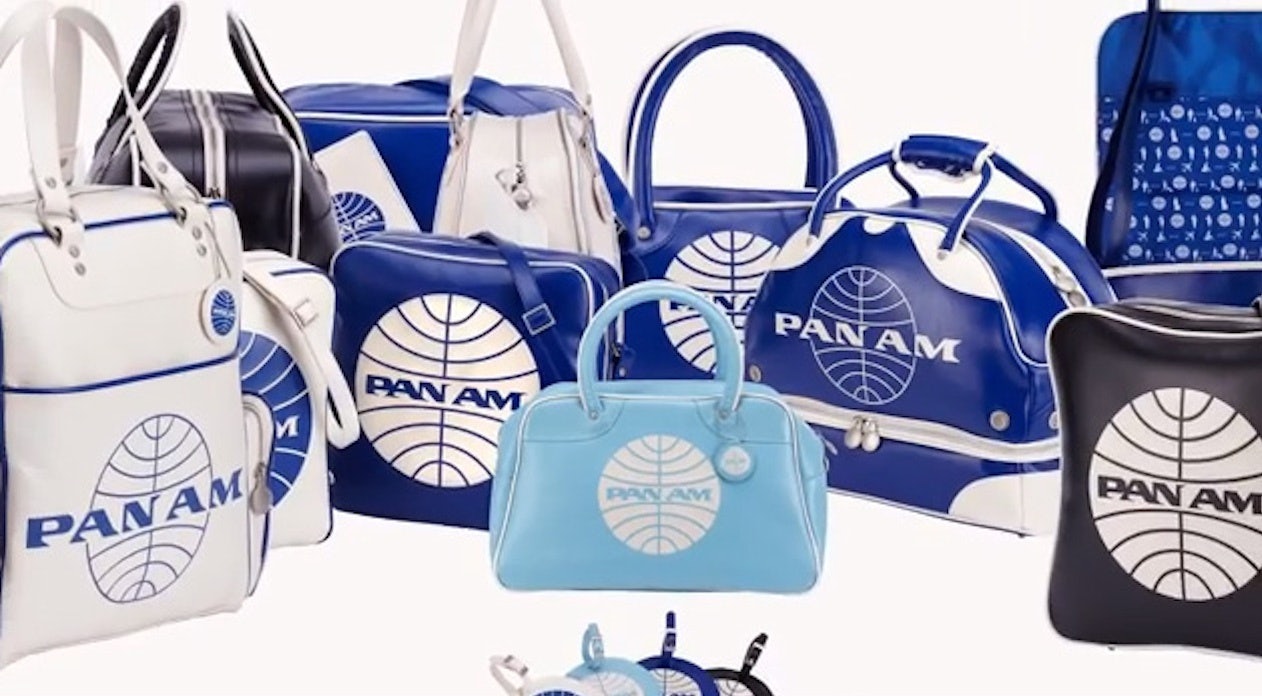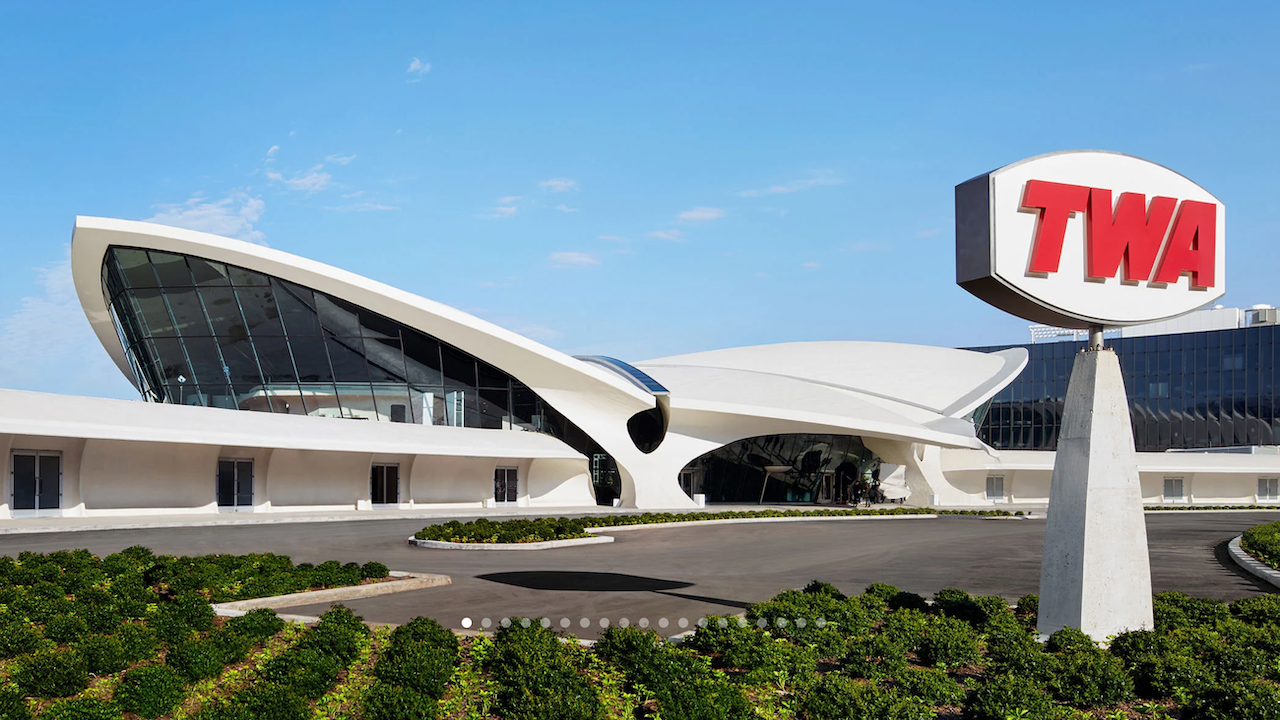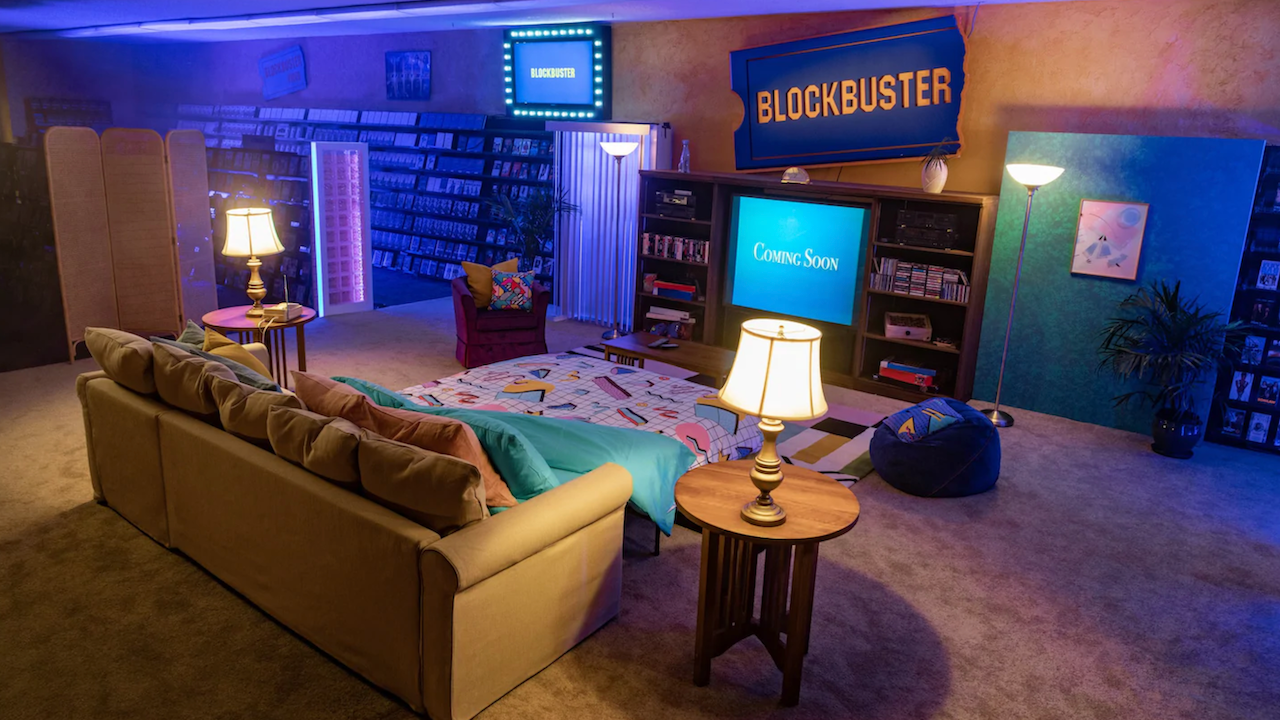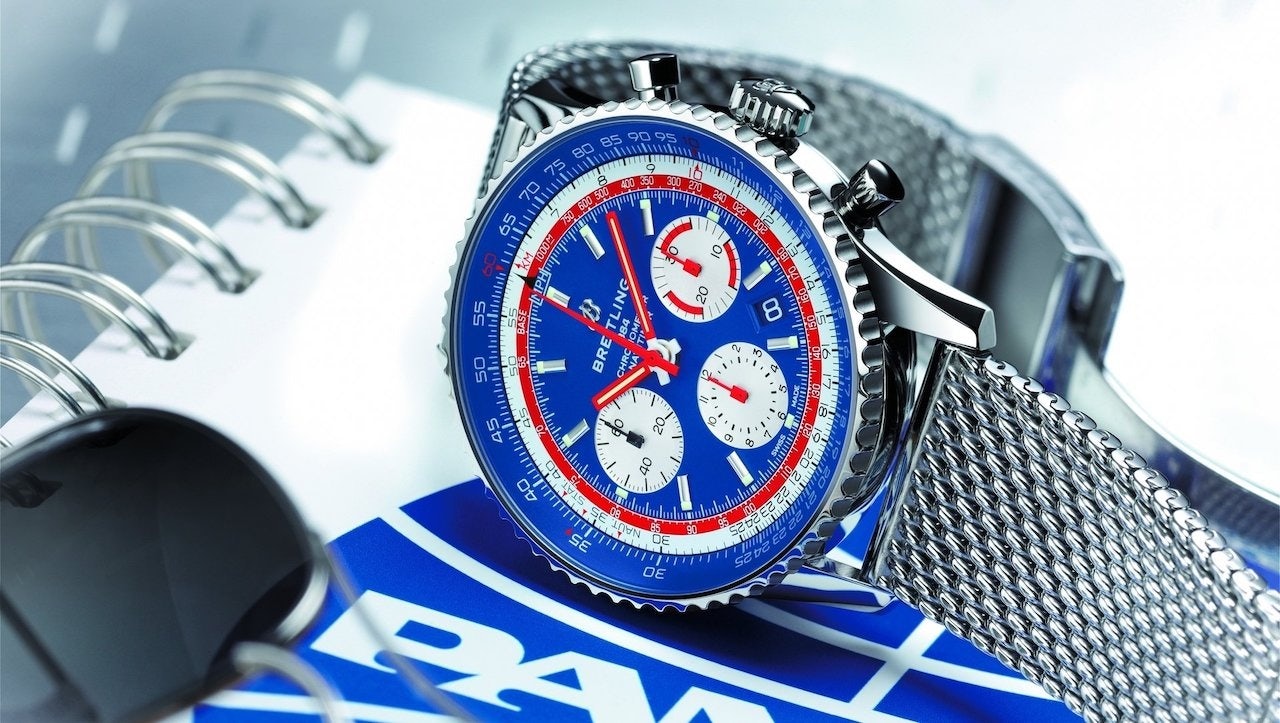In last week’s CollaBrands column, we looked at two heritage brands, Polaroid and the United States Postal Service, that came together to market a novel refurbished instant camera. The brilliance of this collaboration was its use of two well-known heritage brands that, when brought together, captured consumer attention through a unique combination of heritage brand values.
Nostalgia in the Time of Pandemic#
During times of uncertainty and crisis, consumers seek out the familiar, such as brands they grew up with and that remind them of the safer and happier times of their youths. The coronavirus pandemic has created a once-in-a-century opportunity for brand nostalgia, enabling partnerships and collaborations for products and experiences that tap into our collective memories as we transition to the era of post-pandemic consumerism.
The Creation of Zombie Brands#
When companies die, the brands they owned often live on. In many cases, a brand’s value remains strong with the consumer. Typically, shortly after a business goes under, its brands are auctioned off in Chapter 7 bankruptcy proceedings, which require the liquidation of assets. The brands that are sold off during these auctions often become “zombie” brands. While the definition of a zombie brand can vary, for the purpose of this article, we will define it as a well-known brand whose original parent company has ceased to exist, yet the brand continues.
The global pandemic has created a perfect scenario for partnerships with “zombie” brands that are (or were) well known everyday brands that older consumers grew up with. A significant number of these brands have been revived through licensing by pure-play licensing companies, thereby making them ready willing and able for brand collabs.
Gone But Not Forgotten#

Certain zombie brands can become a business unto themselves if their owner is sold to another company that no longer wishes to use the brand and its trademark is sold for use as a marketing tool. Two cases in point are Pan Am and TWA, two once-mighty airline brands that fostered the Golden Age of Aviation.
Pan American World Airways, commonly known as Pan Am, was the principal and largest international airline and the unofficial flag carrier of the United States from 1927 until its collapse in 1991, when it was forced to file for bankruptcy protection. Resurrected six times in the two decades since, its intellectual property rights are now owned by Pan Am Brands, a New Hampshire-based firm focused on developing further brand recognition for the iconic Pan Am trademarks through merchandising and licensing programs and by promoting awareness of the airline's extraordinary history. Pan Am Brands hearkens back to an earlier era in its marketing, as noted on its website:
The airline’s iconic blue and white flight bags embodied the Pan Am legend. When Pan Am introduced the world to the Jet Age, the Pan Am bag was more than just a carry on; it was a symbol of a premier travel experience. Passengers not only carried a Pan Am bag, but they also wore it proudly. The Pan Am bag is still highly regarded and greatly sought-after by today’s collectors. Pan Am Brands’ first collection, "The Originals"pays homage to these classic icons of culture. These symbols of Pan Am are fun and whimsical while retaining the historic and vibrant spirit that is Pan Am.

TWA, another major airline brand from that time, was defunct for the 20 years before its logo and identity were revived when its former terminal at New York City’s John F. Kennedy International Airport, a landmarked architectural “zombie,” was revived by JetBlue, which transformed parts of the complex into a 500-room, TWA-branded hotel with a retro 1960’s “Mad Men'' vibe.
Blockbuster Video for Millennials, Gen X and Boomers#

At its peak in the late 1990s, Blockbuster Video operated more than 9,000 video-rental stores in the United States, employed 84,000 people worldwide and boasted 65 million registered customers. Unfortunately, by focusing solely on its brick-and-mortar rental business, Blockbuster neglected to appreciate how technology was changing the video rental business. Blockbuster declared bankruptcy in 2010 with more than $1 billion in debt. Despite its downfall, the brand had become a household name over its 25-year history, and thus has strong potential for revival. For example, in the summer of 2020, the last existing Blockbuster Video store in Bend, Oregon created a 1990s-themed movie sleepover experience in a collaboration with Airbnb.
The Corporate Overlord of Brand Reanimation#
In corporate bankruptcies, brands can find themselves auctioned to the highest bidders. One company that specializes in reviving well-known brands is Authentic Brands Group (ABG). Over the course of a few years, ABG has managed to accumulate a who’s who of beloved brands from distressed owners, among them Brooks Brothers, Barney’s New York, Forever 21, Aeropostale, Lucky Brand, Nautica, Nine West, and Sports Illustrated, to name just a few. ABG monetizes brand equity through pure-play licensing to other manufacturers for use of names and logos on their products.
As you look for new, innovative ways to drive visibility for your brands, consider the opportunities that the pandemic has created for tapping into nostalgia through zombie brands.
Steven Ekstract is Managing Director of Global Licensing Advisors, a consultancy that provides companies with insight and strategic direction to succeed in the $300 billion a year licensing business. Ekstract is the founder and former Publisher of License Global magazine, the leading information source for the consumer licensing business. He can be reached at steven@globallicensingadvisors.com.
